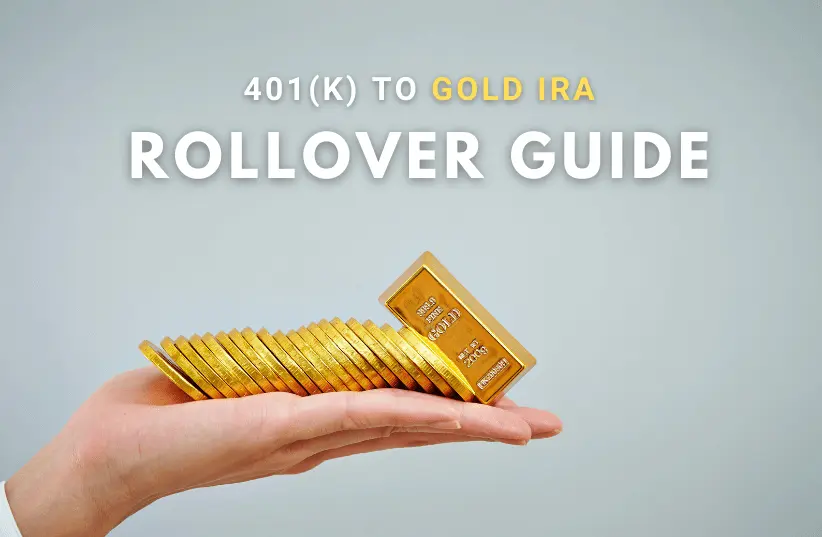Step 1: Choose a Trustworthy Custodian
Under IRS rules, Gold IRAs need to be held by a qualified trustee or custodian. When selecting one, consider their reputation, fees, customer service, and storage options for your gold.
Step 2: Understand Your 401(k) Plan
Before you initiate any rollover, it's essential to understand your current 401(k) plan. Review the terms of the plan, check if you can conduct a rollover and determine the funds available for a rollover. If you're uncertain, reach out to your plan administrator.
Step 3: Open a Gold IRA
Next, you'll need to open a new Self-Directed IRA (which can hold gold) with the chosen custodian. This usually involves filling out an application form with your personal and tax identification details.
Step 4: Fund Your Gold IRA
After your self-directed Gold IRA is set up, you can initiate the rollover. You'll need to request a rollover from your plan administrator. They can either conduct a direct rollover by transferring funds to your new Gold IRA or send you a check, after which you'll have 60 days to deposit into your Gold IRA.
Step 5: Purchase Gold
Following the successful funding of your Gold IRA, you can purchase eligible gold or other precious metals. You can consult your custodian on your buying options and the specifics of storing your gold safely.
Step 6: Regular Management
Now that your Gold IRA is set up and funded, you must regularly review your retirement portfolio, adjusting your investments as per your financial goals, age, and market conditions.
A 401(k) to Gold IRA rollover presents a golden opportunity to diversify your retirement assets beyond traditional investments. However, it's essential to note that every financial decision comes with potential risks and rewards. It's highly recommended to consult with a financial advisor or a tax professional before making a move to ensure it aligns with your financial goals and retirement plans.

